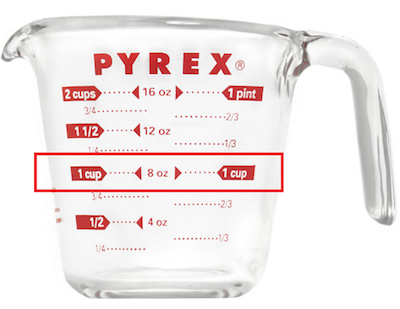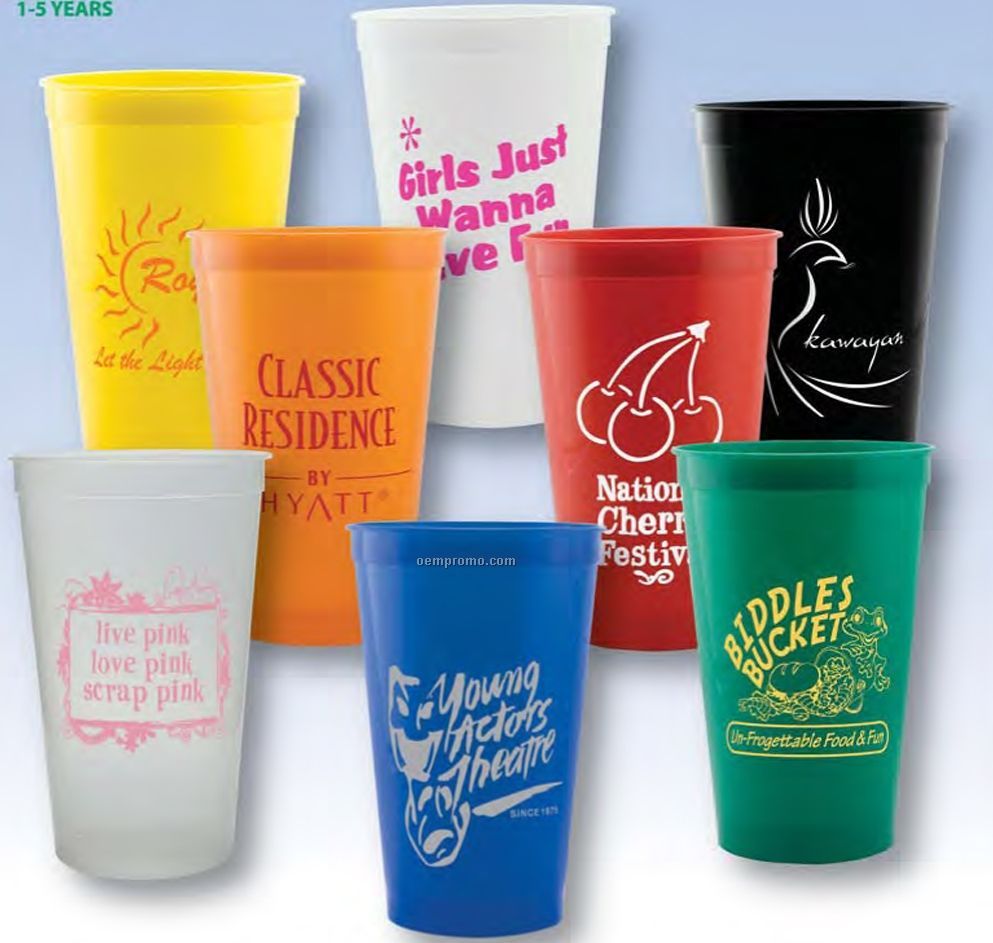

This is why a measurement sheet is a game-changer! How many cups are in 1 quart?Ĥ cups are equal to 1 quart. Unless you’ve been making the same recipe over and over again for years, there’s always a need to read and reread a recipe!īaking is much more precise than cooking, but even with cooking, the wrong measurements can lead to disaster. Measurements, Equivalents, and Conversions

This means you weigh the measuring cup empty by placing it on the scale and setting the weight back to zero. A cup of flour will not equal the same number of ounces as a cup of chickpeas, therefore, using a scale will help with accuracy.ĭon’t forget to zero the scale to account for the weight of the measuring device. Just relying on a cup to find the correct number of ounces, for example, can be tricky. It’s the most accurate way to measure the weight of a cup of dry ingredients. They are relatively inexpensive and definitely worth it if you spend loads of time in the kitchen. If you haven’t invested in a digital kitchen scale yet, I highly recommend you do. These are actually the same used for both wet and dry. This makes it easier to spoon and level for accuracy. MEASURING CUPS FOR DRY INGREDIENTS (flour, sugar, oats)Ī set of measuring cups for dry ingredients will have no spout. Once placed on a level surface, it’s easy to see at eye level how much volume the cup is holding and when you’ve reached the correct line. These are usually glass and come with a spout for easing pouring. MEASURING CUPS FOR LIQUIDS (water, oil, broth) Measurement tools for both Wet and Dry ingredientsĭid you know that measuring cups are different for both wet and dry? It can really alter the outcome of your recipe if you’re not using the correct one. It’s helpful to know what each of them means. Take note of the most common abbreviations you’ll come across in recipes. How many teaspoons are in a tablespoon?.Measurements, Equivalents, and Conversions.Measurement tools for both Wet and Dry ingredients.Bonus points for not having to stop along the way! Jump to:

So, I have created a simple, easy-to-follow guide and printable to basic kitchen conversions that you’ll be able to use for both wet and dry ingredients when baking or cooking up a storm. So, we search by way of smearing our phones with our messy fingers, time and time again, and even still, the answers can be confusing.Īnytime I can make things just a little easier and a little more streamlined, I’m all for it. Keep reading to learn more about each unit of measure.Having an easy guide for measurement conversions is one of the best ways to feel confident and prepared in the kitchen no matter what recipe you’re following!Ĭooking and baking should be a low fuss, stress-free enjoyable time, and yet there are still those days when we’re in a groove and we need to stop to figure out a measurement conversion. The reason for this is that flours vary slightly in density, so a volume measurement will likely yield an incorrect amount of ingredient.Īdditionally, the amount that the flour is packed or compressed in the cup or tablespoon will alter the amount of ingredient being added.įor these reasons, a food scale is the preferred way to measure flour when cooking, rather than a cup or tablespoon.Ĭups and ounces are both units used to measure flour. Most experts agree that dry ingredients like flour should be measured by weight rather than volume, especially in baking. Should I Measure Flour by Weight or Volume? Ounce measurements and equivalent cups measurements for various types of flour. The table below can help with the conversion, and shows the approximate volume measurement for various weights of flour, by type.
#1.2 cups to oz how to
While most experts suggest measuring dry ingredients by weight for improved precision, not all recipes call for ingredients by weight and when they do we might not all have a scale handy.īecause flours vary in density, it might not be immediately clear how to convert between a weight and volume measurement. There are 4.409245 ounces in a cup of flour, which is why we use this value in the formula above. Ounces = (5 c × 4.409245) = 22.046226 oz How Many Ounces Are in a Cup of Flour?


 0 kommentar(er)
0 kommentar(er)
